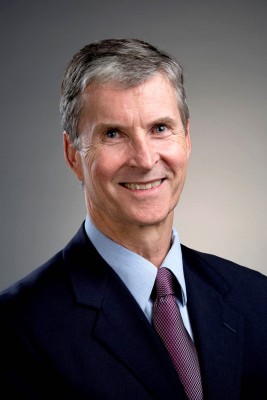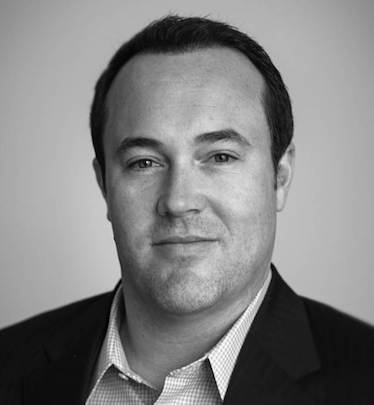
An essential characteristic of a CMO is integrity, both scientific and personal. When developing drugs, one must never forget the obligation to patients; their safety and well-being must be paramount, both during the clinical research stage and after approval. Another essential characteristic is perseverance—drug approval is a long haul and most drugs fail.
BELVIQ (lorcaserin) was discovered and developed by Arena Pharmaceuticals. Lorcaserin is the first and only new chemical entity approved by the FDA since 1999 for weight management; other new products approved are combinations of generically available drugs in a single tablet. Lorcaserin is thought to reduce appetite by working on satiety signaling in the hypothalamus of the brain. A unique feature of the phase-three program was the conduct of over 20,000 highly standardized (acquisition and interpretation) serial echocardiograms over the span of two years in almost 8,000 patients to rule out damage to heart valves.
We collaborated with Eisai Pharmaceuticals prior to FDA approval of lorcaserin, and Eisai is responsible for the sales and marketing of lorcaserin in the United States. Lorcaserin was launched for chronic-weight management, in conjunction with diet and exercise, in the United States in June 2013. Arena and Eisai are continuing to explore lorcaserin’s potential with a 12,000 patient, five-year cardiovascular outcome study; a pilot twelve-week safety study of lorcaserin and phentermine together, to assess potential development of the combination for weight management; and a twelve-week phase-two study of lorcaserin as a potential aid to smoking cessation.
My team is made up of one hundred scientists and operations people. Development includes clinical API and drug-product development and manufacturing, preclinical, project management, and clinical, which includes operations, statistics and data management, medical writers, drug safety, and clinicians.
For drug development to work efficiently, it needs to be integrated under a single leader and not siloed into separate components as it is in most large companies. The key is to not obsess over the best decision, but to make and commit to one of the available good decisions based upon present data—and then, once committed, to not second-guess yourself.
There are no shortcuts to acquiring the knowledge and experience needed to function at a high level. Gain a broad and deep experience in medicine and research, and don’t be afraid of pursuing new areas.
My experience includes private practice as an internist and emergency-room physician, a three-year fellowship in rheumatology with an emphasis on basic research, followed by four years on a university faculty with continuing basic research, and almost thirty years of clinical research in the pharmaceutical industry. Eight of these years were in large pharmaceutical companies, with the remainder in smaller biotech companies, working with small molecules, antisense, and antibodies across a broad range of therapeutic areas.
I thought about pursuing an MBA or a JD, and elected the latter because it was the path less chosen. When I entered the pharmaceutical industry from an academic position, I wanted to broaden myself. I believe the experience has sharpened and broadened my critical-thinking skills.
In the future I hope we will see more chief medical officers responsible for all development activities and not just clinical functions. I believe this model is the most efficient and integrated approach to drug development. The best preparation for this role is subspecialty clinical training combined with basic research or a PhD, followed by a broad experience in drug development.
When I was in grade school, I used to enjoy building a spectrum of plastic models. I remember building the “visible V-8” car engine and the “visible man.” I found the visible man intriguing. This led to reading books on human physiology and early medical explorers, and a lifelong interest in medicine.

